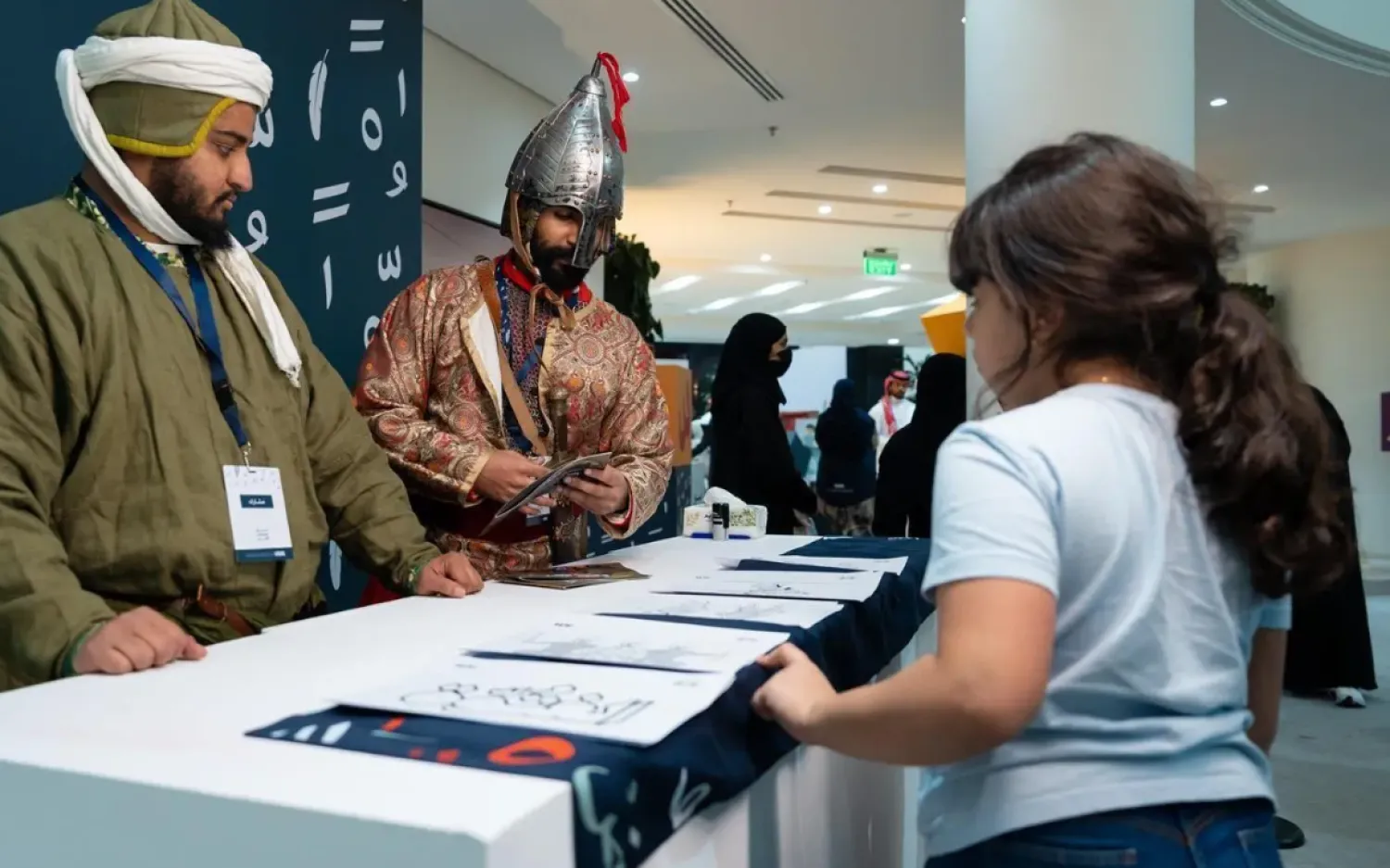The London Original Print Fair, the British capital's longest-running art fair, celebrates its 40th anniversary this week with an array of works spanning from Old Masters to contemporary creations.
Running March 20-23 at Somerset House, this year's edition features more than 40 studios, dealers and publishers with displayed works including by the likes of Damien Hirst, Tom Hammick and Grayson Perry as well as emerging talent and up-and-coming names from around the world.
The fair, which launched in June 1985 with 16 exhibitors, has long offered fans the chance to view and buy prints, considered more affordable than paintings and sculptures.
"Prints have become much more widely trusted," director Helen Rosslyn told Reuters.
"I think people are realizing that print is not just a reproduction, it's something that's made in collaboration with the artist and a printer."









